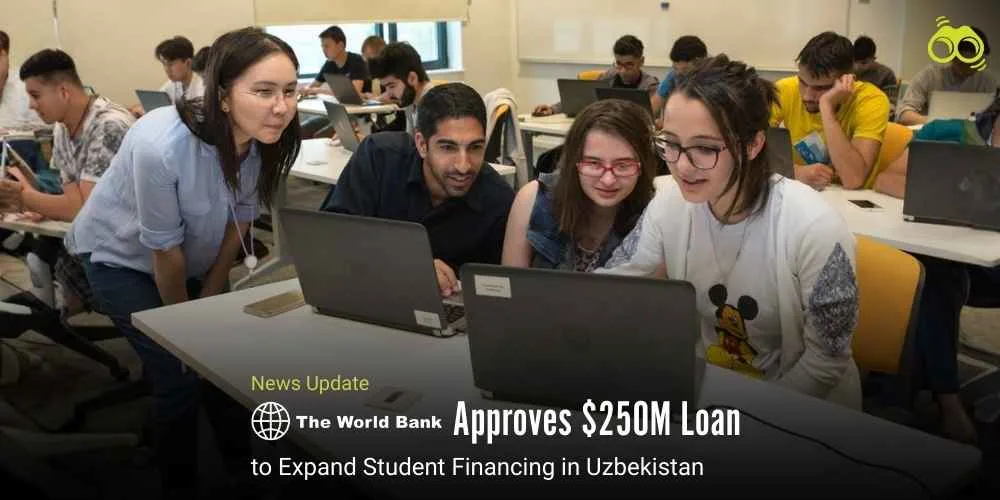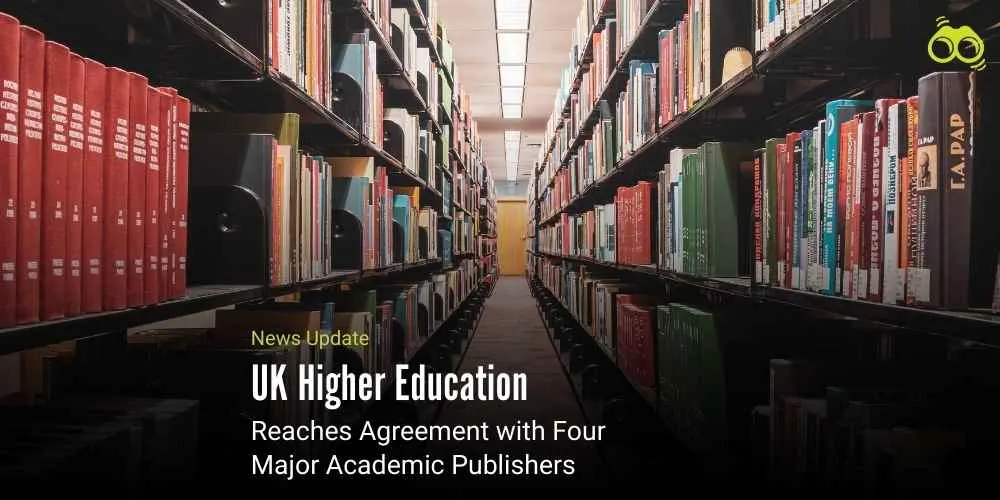Graduate School Enrolment Hit by F1 Visa Backlog and Travel Restrictions
US Sees Largest Decline in Overseas Student Arrivals Since Pandemic
US university arrivals of international students fell dramatically this August, with statistics indicating a 19 per cent decrease from last year, the biggest decline since the pandemic. The decline has been attributed to the late processing of F1 student visas, tighter travel restrictions on 19 nations, and increased scrutiny of visa applications. The statistics, drawn from arrival figures, comprise both first-year and repeat students, but fail to distinguish between the two. Nevertheless, August has long been a good barometer of fall enrollments, since the majority of students arrive shortly before their classes start. A separate federal database reporting international student numbers also indicated a 23 per cent lower increase in overall enrolment this fall than during the same period a year ago. This indicates a significant decline in new student figures, raising speculation about the impact of F1 visa reforms on international education and graduate school admissions in the United States.
The US continues to lead the way in terms of destinations for foreign students, welcoming an estimated 1.3 million students at different levels. More than 70 per cent of the students come from Asia, and this population registered a 24 per cent decrease in arrivals this August. Indian students, accounting for almost one-third of all foreign US students, suffered an additional 44 per cent decline, mainly because of extended F1 student visa waits in 2025 for US universities. Chinese student entry continued to decline, which is consistent with the existing tensions between the two nations.
European students' numbers held relatively steady, posting modest gains from Britain and modest losses from Spain and Germany. But entry from Russia was down sharply, possibly as a result of tense diplomatic relations. African, Middle Eastern, and South American students also experienced declines. Entry by African students was down almost a third, while Ghana and Nigeria each were down almost 50 per cent. The US, in July, implemented tighter visa regulations on some countries in Africa, restricting student visas to single-entry and three-month validity. These restrictions were temporarily lifted in Ghana in September following diplomatic negotiations.
Middle Eastern student numbers have dropped consistently for more than a decade, most notably from Saudi Arabia. South American student arrivals also fell this year, even though relatively stable patterns of travel in recent years. The statistics do not cover students entering from Canada or overland from Mexico, as those remain to be released. Nevertheless, the overall trend indicates fewer international students arriving in most areas, indicating a larger pattern. The effect of the F1 visa backlog on graduate school enrollment is becoming increasingly apparent. Numerous students have encountered delays in student visa applications, influencing their capacity to start courses on the initially scheduled date. This has sparked concerns among US institutions regarding the impact of F1 student visa reforms on foreign enrollment and the future of international education in the US.
As the student visa policy continues to change, policymakers and universities will need to find solutions for the difficulties student visa application delays create. Making processing smoother and communications more transparent will be central to keeping America competitive as an international destination for education. For students and families moving through the system, it is important to stay aware of F1 student visa requirements and developments. Today's falling number of F1 visa international students proves the necessity of more adaptive and student-oriented visa processes to facilitate education in America.
Editor’s Note:
The recent statistics of international student intake to US colleges must not be viewed lightly. The 19 per cent decline in August, the steepest since the pandemic, indicates more than a mere short-term setback; it is a sign of deeper flaws in the F1 student visa program and the overall strategy towards foreign education. The visa-processing delays, increased scrutiny, and travel bans targeting 19 countries have put unnecessary obstacles in the path of students who only want to seek higher education. These are not one-off administrative glitches; they fit into a rising trend that threatens to erode the United States' long-established position as an international leader in education. The statistics, while not distinguishing between new and previous students, continue to send a resounding signal. August has long been a good guide to autumn recruitment, and the 23 per cent reduction in total student headcount this year indicates a sharp decline in new entries. This is especially troubling for graduate schools, where the effects of the F1 visa backlog are increasingly apparent.
The precipitous fall in Chinese and Indian arrivals is particularly worrisome. These nations have traditionally sent the largest numbers of foreign students to the US. A 44 per cent decrease in Indian student arrivals alone is more than a number; it is thousands of interrupted academic journeys and forgone opportunities. In the meantime, the further decline in Chinese enrolment is indicative of the tension between the countries' diplomatic relations, now seen to be flowing into the realm of education. Today's student visa policy is not fit for purpose. In order to stay ahead in global education, the US needs to embrace a more flexible, open, and student-centred approach. Policymakers and universities need to join hands to simplify the F1 student visa process, enhance communication, and make sure students are not penalised for administrative mistakes. For students and families who are having to work this system, clarity and consistency are essential. The decline in international student enrollment is not merely a matter of policy; it is a matter of priorities. Education needs to be open, inclusive, and international. The current state indicates otherwise.
As per Skoobuzz, America needs to understand that foreign students are not mere visitors but contributors to research, innovation, and cross-cultural understanding. If the nation does not evolve, it stands to lose not only enrollment numbers but also its reputation as a destination of choice for global talent.
FAQs
1. What is causing the delay in F1 student visa processing?
The delays in F1 student visa processing are mainly due to stricter checks, slower paperwork, and limited staff at visa offices. Travel bans and tighter rules for certain countries have also made the process longer. In 2025, many students faced long waits because of increased vetting and changes in visa policy.
2. How does the F1 visa impact international student numbers?
The F1 visa is the main way international students enter the US for full-time study. If there are delays or fewer approvals, fewer students can start their courses on time. This affects university enrolment, especially for graduate school and overseas education programmes. When visa processing slows down, student numbers drop.
3. Why are F1 visa approvals declining in 2025?
In 2025, F1 visa approvals have declined due to tougher rules, longer background checks, and political tensions with some countries. Some students were affected by new travel restrictions or faced extra steps in the application process. These changes have made it harder for students to get visas quickly.
4. What are alternatives to the F1 visa for studying abroad?
Students who face F1 visa issues can consider other countries for study. Popular alternatives include:
Canada: offers study permits with simpler rules
United Kingdom: uses the student visa route with clear steps
Australia: has a strong overseas education system
Germany: offers free or low-cost education for international students
These countries are known for welcoming foreign students and offering good support.
5. Which countries are gaining international students from the U.S.?
Due to visa delays and stricter policies, some students are choosing other countries instead of the US. The UK, Canada, and Australia have seen more interest from international students. These countries offer easier visa processes, scholarships, and strong education systems. They are gaining students who might have gone to US universities in the past.














0 Comments (Please Login To Continue)